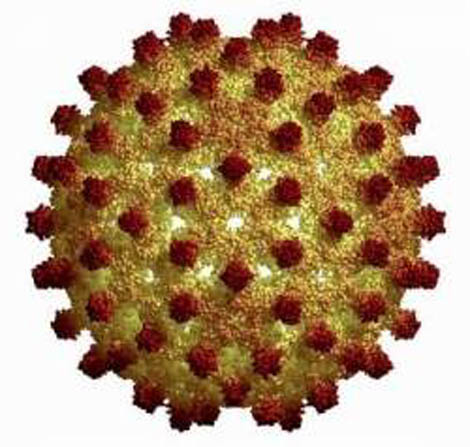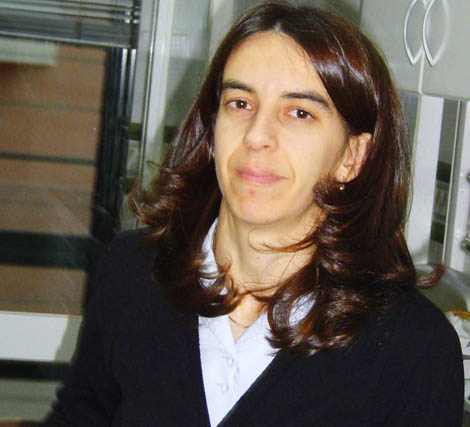 A team of five researchers from the Center for Neurosciences (CNC) and the Faculty of Pharmacy of the University of Coimbra (UC) has developed an oral vaccine for Hepatitis B, the most dangerous of all hepatitis which, according to data from the World Health Organization (WHO) , is responsible for the death of 600.000 people annually worldwide.
A team of five researchers from the Center for Neurosciences (CNC) and the Faculty of Pharmacy of the University of Coimbra (UC) has developed an oral vaccine for Hepatitis B, the most dangerous of all hepatitis which, according to data from the World Health Organization (WHO) , is responsible for the death of 600.000 people annually worldwide.
already tested in vivo (in mice) successfully, the new oral vaccine has clear advantages over current injectable vaccines. In addition to the comfort it represents for the patient, “it will have a great social and economic impact on developing countries. On the one hand, because it does not require technical personnel to administer the vaccine. On the other hand, considering that these countries are unable to establish the necessary cold chains to maintain the properties of the vaccine - many, when they are to be administered, are already deteriorated, causing considerable losses - oral vaccines are theoretically more stable, allowing for this , a more effective vaccination», highlights the project coordinator, Olga Borges.
Another added value, says the professor at the Faculty of Pharmacy, «unlike the injectable vaccine, which is not capable of producing specific antibodies at the mucosal level, the oral vaccine induces the production of a high concentration of antibodies that block the entry of the virus . It is a great advantage, given that hepatitis B is a sexually transmitted disease (it enters through the mucosa connected to the reproductive organs), being, in fact, the main form of contagion in developed countries. In this case, the virus will be fought at the entrance to our body, preventing its introduction into the bloodstream».
Finally, researchers are convinced that this new vaccine could also benefit those who are already infected with the hepatitis B virus.
 The new oral vaccine is the result of nearly a decade of scientific work, funded by the Foundation for Science and Technology (FCT) and GlaxoSmithKline.
The new oral vaccine is the result of nearly a decade of scientific work, funded by the Foundation for Science and Technology (FCT) and GlaxoSmithKline.
Using nanotechnology, the researchers designed and produced, in their entirety, nanoparticles similar to the virus itself, with the aim of protecting and transporting the antigen (a protein on the surface of the virus with the capacity to stimulate the immune system to produce specific antibodies) in a safe way, until to the organs of the immune system that will trigger the entire immune response.
In very simplistic language, it can be said that the team built an “artificial virus” containing the antigen and adjuvants (so-called immunopotentiators or immunomodulators) that ensure effective transport along the entire route in the oral mucosa, protecting the antigen from the various adverse environments that contain enzymes and acids capable of destroying it.
The developed nanoparticles have «a nucleus formed by chitosan, a derivative of chitin, a natural polymer found in the cell walls of fungi and the exoskeleton of arthropods, where the antigen and the immunomodulator are associated. These nanoparticles are then coated with a second polymer, sodium alginate, allowing them to pass through the digestive tract without being degraded», observes Olga Borges.
At this time, the group from the Faculty of Pharmacy is developing nanoparticles that also enable the administration of the vaccine through the nasal mucosa, which can be more effective with regard to the induction of antibodies at the level of the mucosa in the organs. breeders.
To the question “When will this oral vaccine be able to enter the market?”, the researcher also from the Vector and Gene Therapy group at CNC answers that “from a scientific point of view, the work is completed, but the commercialization of the oral vaccine depends on the industry interest because the next step will be the transposition to clinical trials».
The Coimbra team's research meets the WHO's objectives: the focus on the development of vaccines that are more effective, cheaper, more stable and easier to administer.
Author: Cristina Pinto
Press Office of the University of Coimbra


















Comments